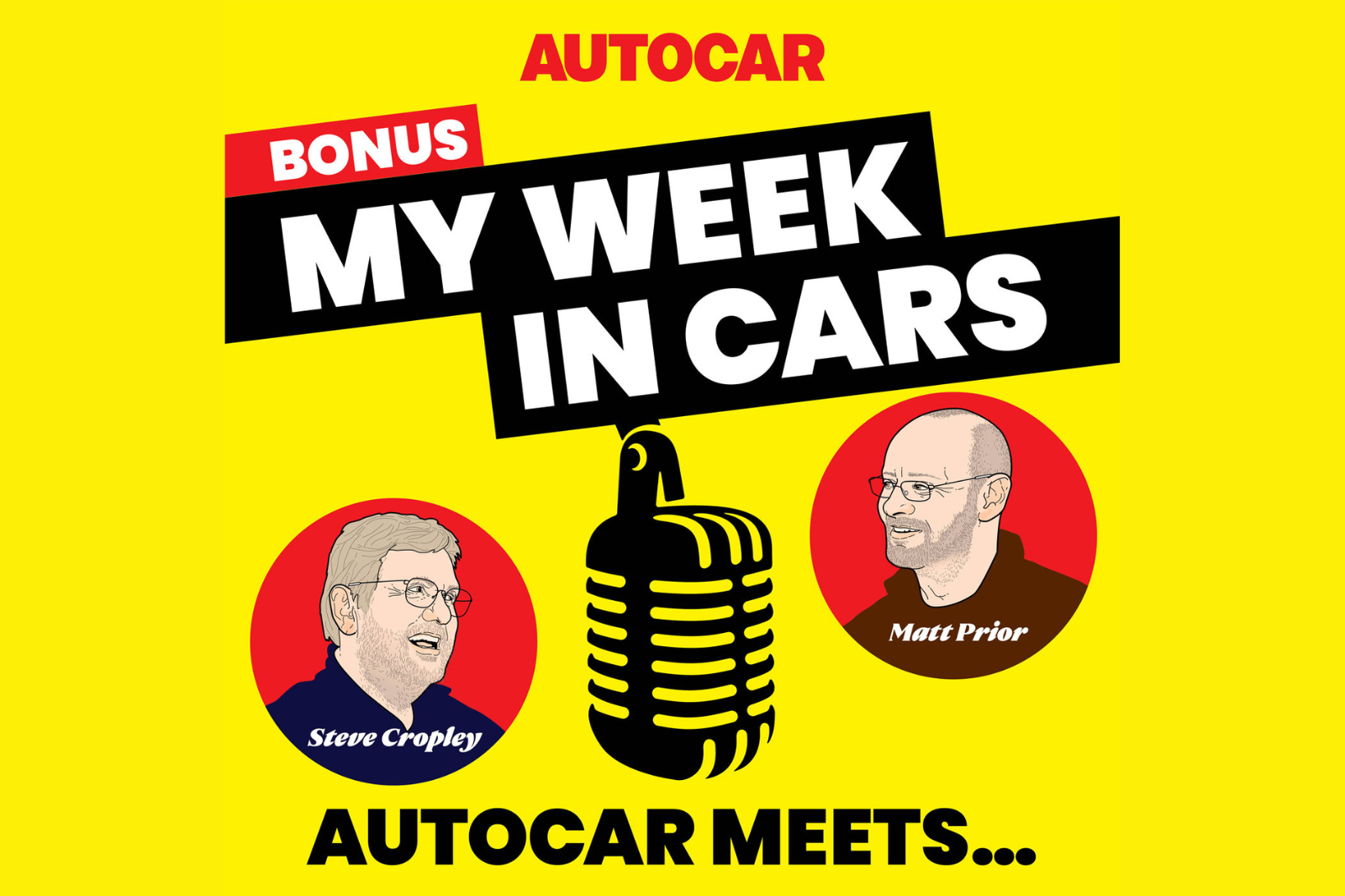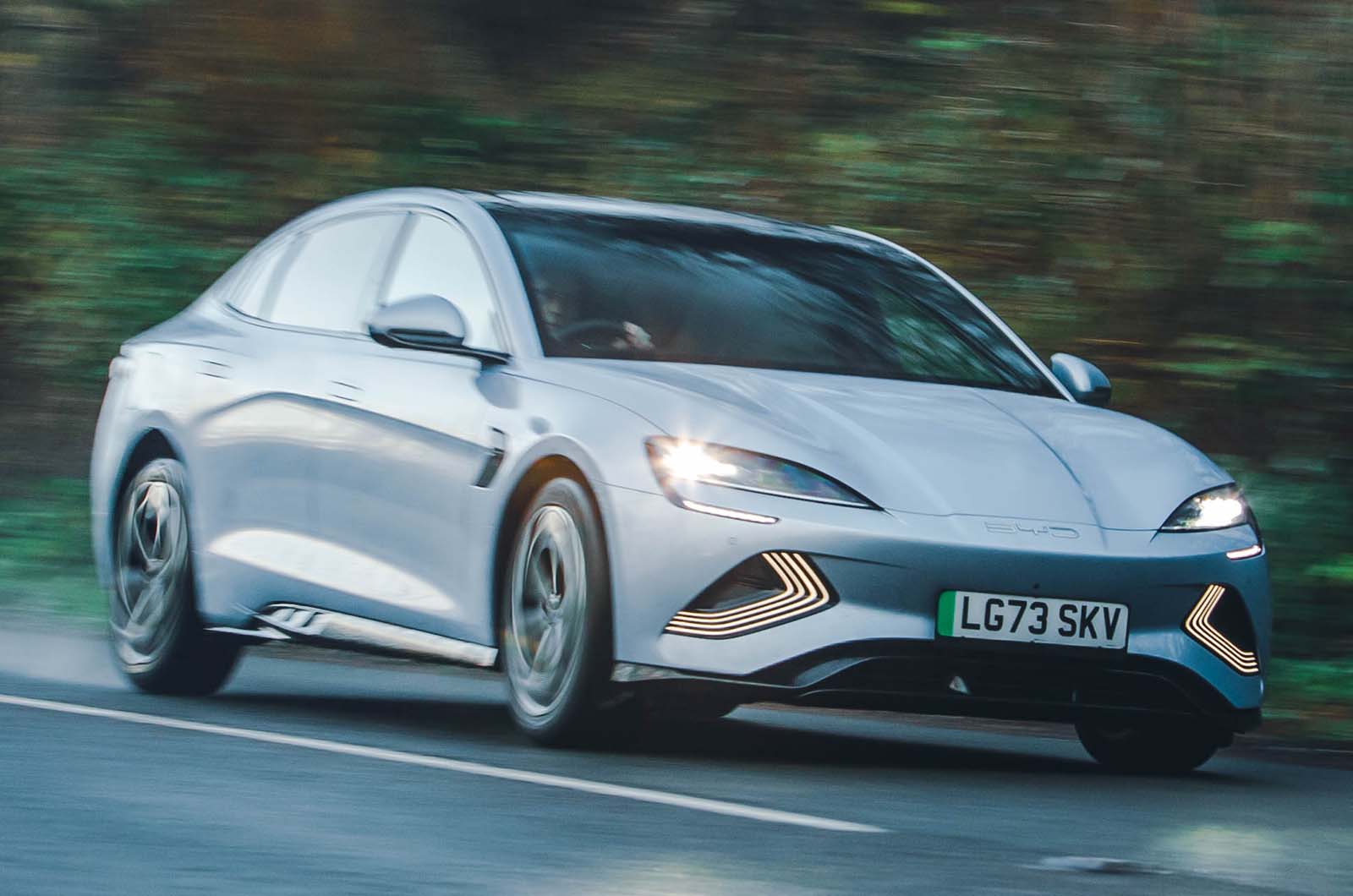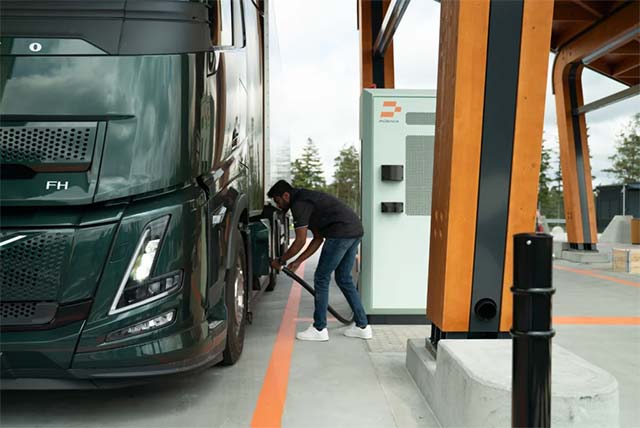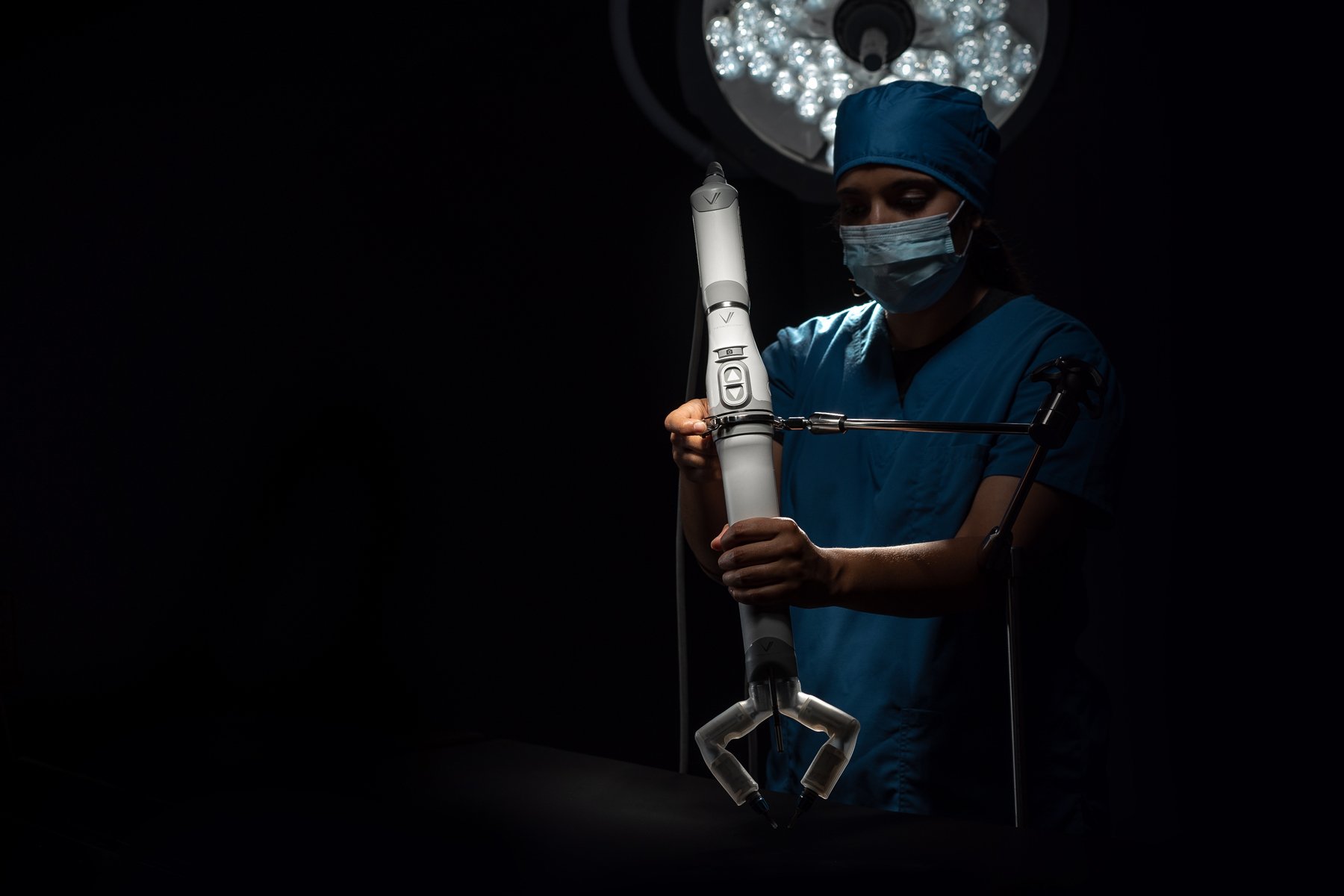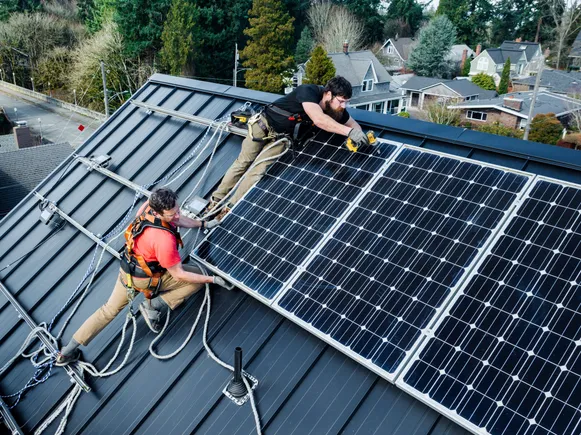Audi Abandons EV Deadline
Despite previous assurances that Audi would only develop electrified models after 2026, and pivot exclusively to selling all-electric vehicles by 2033, the company has abandoned those deadlines so it can continue building combustion models.


Despite previous assurances that Audi would only develop electrified models after 2026, and pivot exclusively to selling all-electric vehicles by 2033, the company has abandoned those deadlines so it can continue building combustion models.
Considering how many manufacturers have already taken this approach after EV sales failed to manifest at the desired pace, Audi’s decision is hardly a bombshell. But it leaves a few lingering questions, most of which pertain to development. With automakers having spent the last decade vowing to focus entirely on electrified models, spending billions of dollars in the process, one wonders just how much attention has been paid to upcoming combustion models.
Audi CEO Gernot Döllne recently told Autocar that the electrification timeline was determined by the brand’s former management. But he has been heading the company since 2023, when the company was still publicly suggesting that the deadlines were feasible. That said, Audi did start dropping serious hints that it would keep building combustion engines in 2024 — likely indicating that the change in management came with a change in priorities.
That’s not to absolve Audi’s board or the top brass at Volkswagen Group, who went along with the electrification scheme. CEOs can — and often do — become convenient scape goats when plans go awry. However, Döllne does seem to have different priorities than his predecessors.
“Audi is launching from 2024-2026 a completely new line-up of internal combustion engine and plug-in hybrid vehicles, and that gives us complete flexibility for at least another seven, eight, maybe 10 years, and then we will see how our markets develop,” he explained to Autocar.
“We have already decided to extend the production beyond the communicated end dates of the past.”

From Autocar:
Döllner also confirmed Audi would lead development of all Volkswagen Group hardware and software architectures for larger models in the future (essentially anything from an A5-sized vehicle and up), including the next-generation SSP platform that would see the Group move to ‘software-defined vehicles’ for the first time. This project involves Rivian, whom the VW Group has invested in, and the first Audis on the SSP platform would hit the market in late 2027/2028.
Audi is however trimming its model range and it has no plans to replace the A1 and Q2 models. The Q3 and A3 models would represent the entry point of the range, with the A8 the range-topper on the “low car” side and the Q7 and Q8, and a mooted Q9, where the range would end on the SUVs and crossovers.
An all-electric A3-sized model was in development for 2026 as an additional model in the range, Döllner confirmed, but there were no plans for Audi to create its own version of the Volkswagen ID 2/Skoda Epiq/Cupra Raval entry-level electric car.
“Software-defined vehicles” may be the next item on the industry’s chopping block now that EV plans are being walked back. While automakers view the pivot to software as incredibly lucrative, Western consumers are signaling fatigue toward screen-reliant infotainment and touch controls.
Safety testing has likewise indicated that screens are distracting and less intuitive than traditional buttons. Meanwhile, there are growing concerns that software-defined vehicles are further complicating repairs and providing manufacturers with unprecedented access to what are supposed to be privately-owned automobiles.
That’s speculative, of course. It will also probably be several years before there is sufficient consumer pushback to make a meaningful difference. In the interim, companies like Audi will attempt to leverage even more over-the-air updates to digitally customize vehicles and connectivity to harvest user data.
As for powertrain options, Audi claims that it wants to take a flexible approach moving forward — presumably meaning it’ll offer a mix of combustion vehicles, hybrids, plug-in hybrids and all-electric vehicles. But the lineup will be undoubtedly vary between regions.
In Europe, Audi EVs have a much higher take rate than they do in North America. The European Union likewise has rules in place that will effectively ban the sale of gasoline-driven combustion vehicles in 2035. Whether or not that timeline is realistic is debatable. However, the pressure to push electrics in Europe remains strong and somewhat at odds with what’s been happening in the United States. That means Audi won’t be abandoning EV development, even as it continues with combustion cars for other markets.

[Images: Audi]
Become a TTAC insider. Get the latest news, features, TTAC takes, and everything else that gets to the truth about cars first by subscribing to our newsletter.







